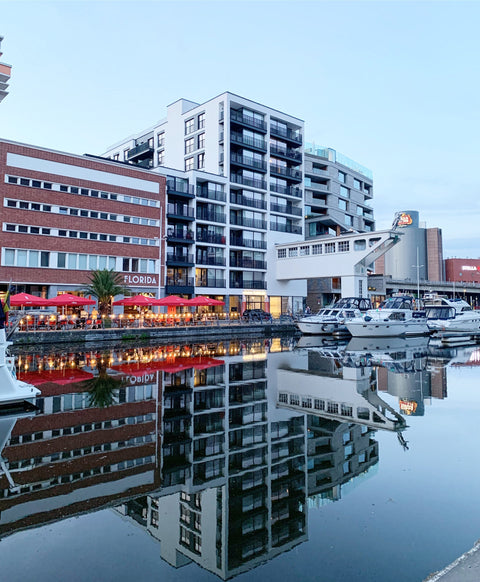A Canal Centuries in the Making
The Leuven-Dyle Canal is one of the oldest canals in Belgium, dating back to the 18th century. After more than two centuries of lobbying, Leuven finally received permission from Maria Theresa in 1750 to build a waterway connecting the city to Mechelen, opening the door to sea-going trade.
Trade and Travel on the Water
From its opening, the canal was heavily used for transporting goods and travellers. It quickly became an economic lifeline for Leuven, strengthening its role in regional commerce.
19th-Century Improvements
Throughout the 1800s, the canal underwent upgrades to accommodate larger vessels:
-
In 1836–1837, major dredging works deepened the canal for ships with a draft of 3.6 meters.
-
The Kampenhout-Sas lock was renovated to improve navigation.
Despite these efforts, the canal saw a decline in traffic after 1837, when the Leuven-Mechelen railway was introduced, offering faster transport.
The Canal Diggers Statue
A striking monument near the canal is The Canal Diggers (De Kanaalgravers), a bronze sculpture by Willy Peeters. The artwork depicts six naked workers digging, their bodies frozen in motion to emphasise muscular effort. More than honouring the canal itself, the statue pays tribute to the labourers who toiled day after day to make the waterway a reality.

A Protected Monument and Active Waterway
Recognised for its historic value, the canal’s infrastructure was declared a protected monument in 1997. Today, it is still in use for transporting goods, accommodating vessels of Class II (up to 600 tons), and remains a fascinating part of Leuven’s industrial heritage.

(Source: Leuven Gebeiteld_metkaft - Leuven statues.pdf, 2014)



